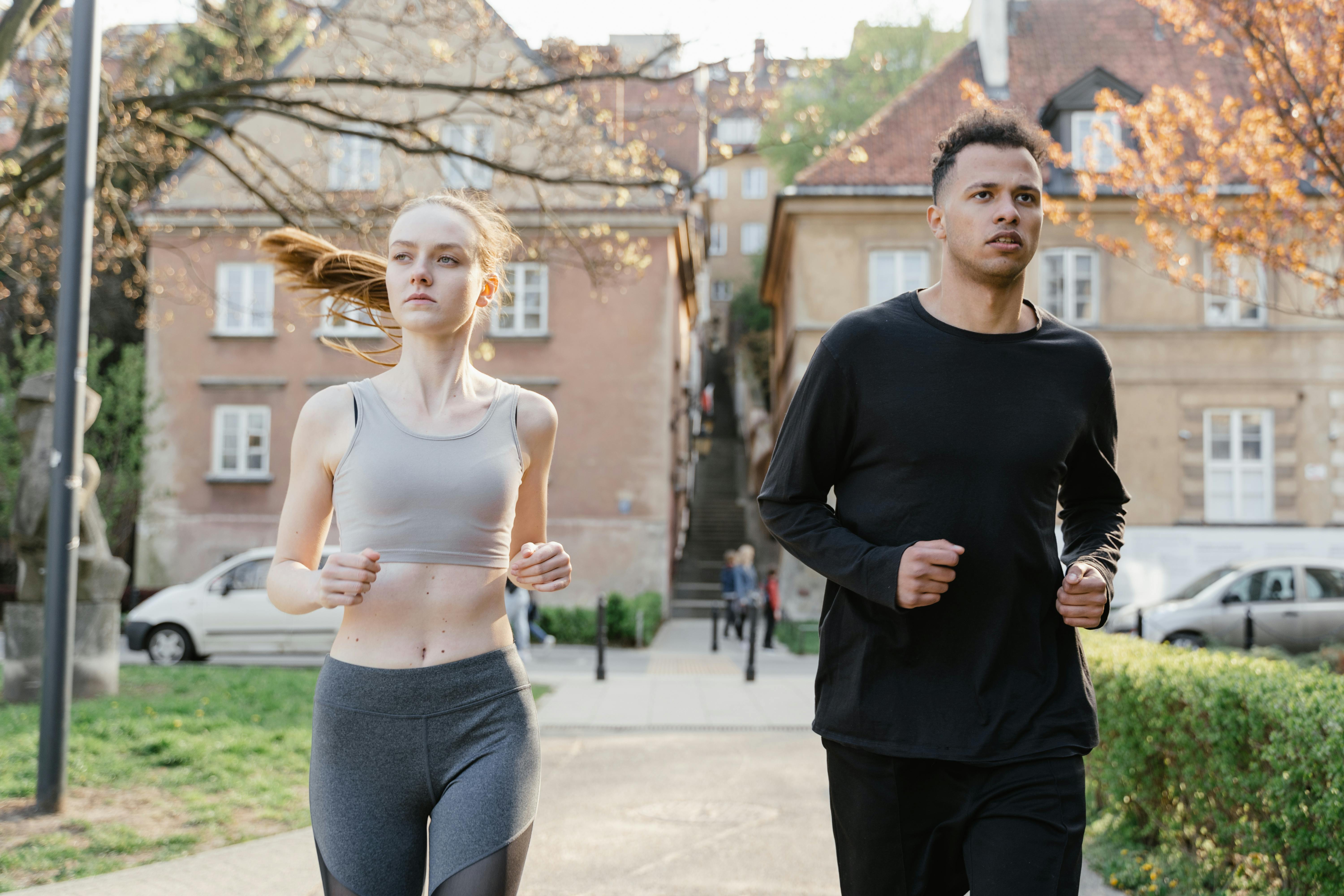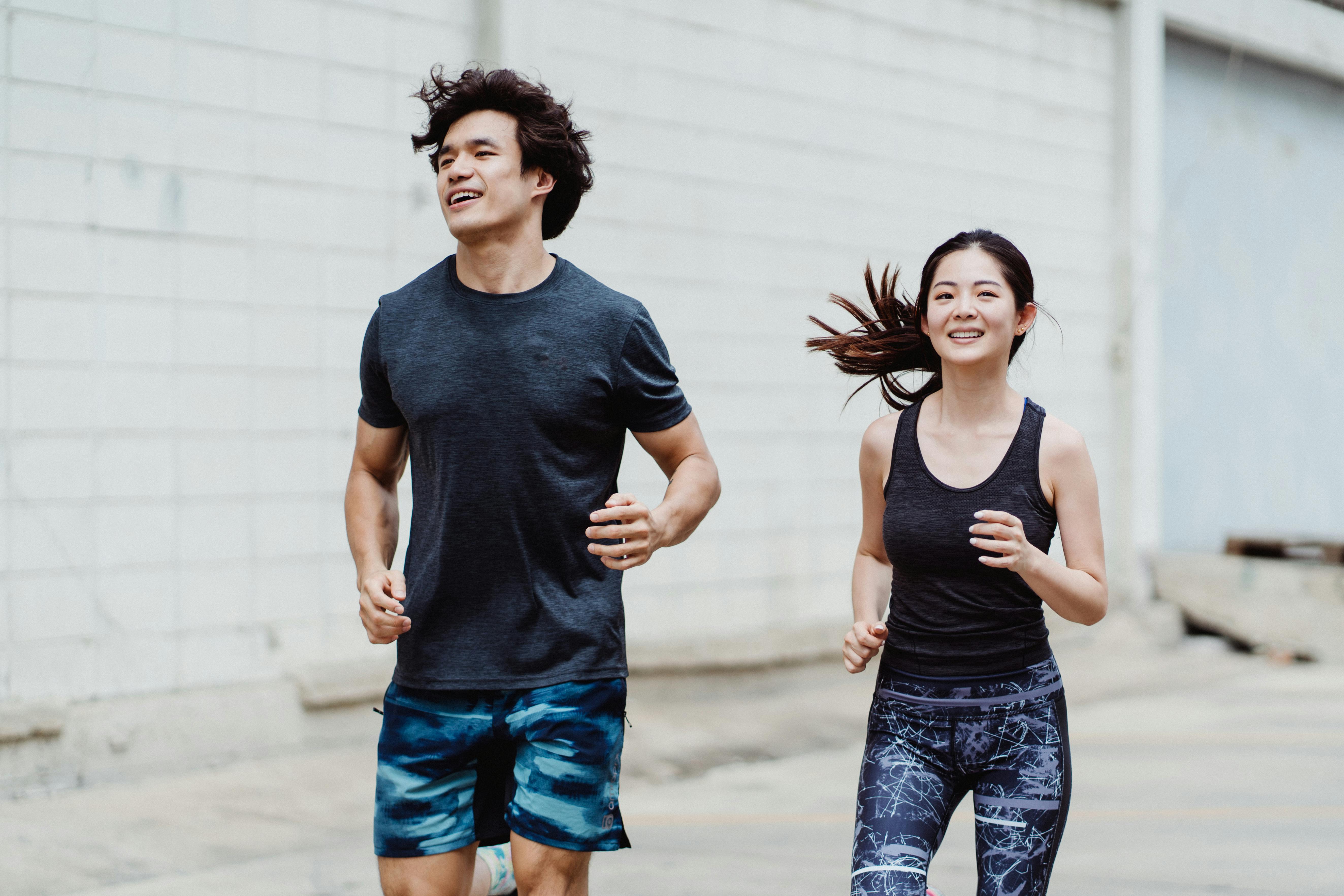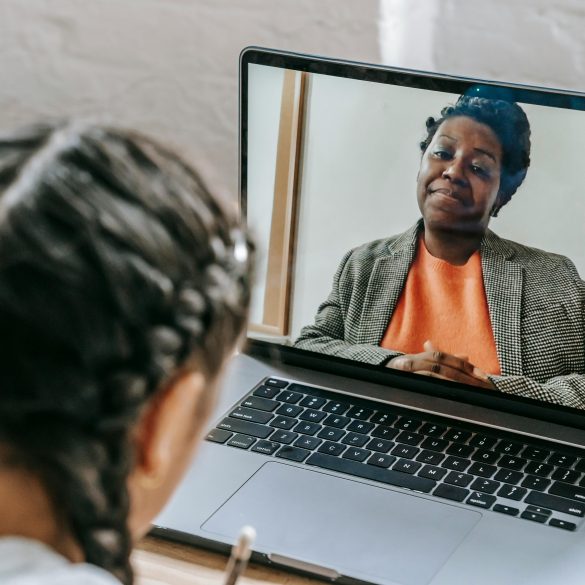Uruguay Exercise Habits: Simple Everyday Movement Starter Guide
Ever notice how the best health advice often feels overwhelming—like you’re supposed to morph into a “gym person” overnight, or swap every comfort for relentless, rigid routines? Honestly, back when I first started thinking about exercise, I figured I’d either need fancy equipment, a personal trainer, or the sort of willpower I suspected only elite athletes possess. Turns out, reality’s far simpler—and, frankly, much better.
Let’s step back for a second. Why Uruguay? Here’s the thing: People in Uruguay aren’t fitness-obsessed in the “ultimate triathlon” sense, but their cities and towns pulse with everyday movement—a “built-in” active lifestyle that’s social, scenic, and, dare I say, joyful1. For anyone frustrated by complicated workout plans, Uruguay’s pace offers refreshing, realistic wisdom. Walking to the markets, strolling the rambla by the sea, small pickup football games, cycling tree-lined avenues—these moments add up, and that’s not just anecdote, it’s backed by science2.
Why Uruguay’s Active Culture?
Let me paint a picture: If you’ve ever wandered through Montevideo’s parks late afternoon, you’d see all ages out—teens passing a football, retirees walking dogs, families jogging, and local groups doing group calisthenics by the bay. The whole “movement” thing isn’t about punishment—it’s social, almost accidental, built into community routines. In my experience, watching this rhythm way back in 2016 challenged my stereotype of “Latin American leisure” (which was, honestly, way off).
Uruguay boasts over 600 km of coastline, plus dozens of urban ramblas (waterfront walkways) designed for leisurely walking, cycling, and social exercise—making everyday movement accessible for nearly everyone3.
What struck me most wasn’t just the scenery, but how movement flowed naturally from daily life—shopping, meeting friends, kids playing outdoors with almost no scheduled “exercise time” at all. That sort of embedded activity might sound quaint, but it’s proven to be a game-changer in long-term health outcomes4.
Everyday Movement: The Real Foundation
Now, you’re probably thinking: “But does everyday stuff really count as exercise?” Let’s clear that up. Recent studies confirm that light-to-moderate movement—brisk walking, gardening, cycling, even household chores—can dramatically reduce risks of cardiovascular disease and boost mood, energy, and metabolic health5. Uruguayns don’t chase steps because they’re told to… they do it because it’s woven into their experience.
On second thought, let me clarify: It’s not just the steps—it’s the culture that encourages being out and about. According to Uruguay’s Ministry of Health6, over 65% of adults report being physically active in some regular, non-exercise way—whether commuting, socializing, or shopping. That’s a massive difference compared to couch-centric cultures.
You don’t need an expensive gym membership or rigid class schedules to build healthy exercise habits. Start by increasing the movement you already do—walking, errands, local exploring, ten-minute stretches. Uruguay’s proof that it works.
Habit Building: Simple Steps That Actually Work
Here’s where most people get stuck: That paralyzing question, “What’s the RIGHT exercise routine?” Or even, “How do I know if I’m doing enough?” My answer—learned painfully over the years—is to forget ‘right’ and focus on routine. Uruguayans don’t chase perfection; they simply move, daily. Let me think about how to break that down. Small, consistent actions build momentum. That’s the only “secret” I’ve actually found to work.
- Pick a movement you enjoy—walking, cycling, dancing—whatever doesn’t feel like a chore.
- Attach it to something you already do—after lunch, during evening news, walking to the store.
- Aim for ten minutes daily. Consistency beats intensity, at least at the beginning.
- Track progress, not for competition but for self-awareness.
Sound familiar? Anyone who’s tried and failed with “New Year’s Resolution” workouts knows why simplicity and joy matter. I go back and forth on whether to add complexity, but what really works is movement you barely notice—it sticks because it fits.
Uruguayan Lifestyle Inspiration
Let’s get personal for a minute. Back in Montevideo, I watched a baker open his shop every morning—and, before the first pastries hit the shelves, he’d walk brisk laps around the plaza, rain or shine. Not for Instagram. Not for a step tracker. Just because it felt good. That small ritual gave me more practical motivation than any celebrity workout ever could. (Actually, let me clarify: It was the regularity—the “everydayness”—that made me adopt my own walking routine.)
From my perspective, Uruguay shows that movement isn’t just personal—it’s communal. Local groups organise regular walks along the rambla, family picnics turn into half-day frisbee tournaments, and urban cycling is both transportation and group bonding7. This isn’t accidental; it’s how the country’s urban design and social habits evolved.
In Uruguay, most public primary schools integrate daily outdoor play, stretching, and simple games into class schedules—embedding movement habits as early as age six8.
Featured Table: Easy Everyday Movement Ideas (Uruguay Style)
| Movement Type | When to Do It | How to Start | Local Example |
|---|---|---|---|
| Brisk Walking | Morning/Evening | Pick a nearby route; walk 10-20 mins | Montevideo rambla strolls |
| Casual Cycling | Weekends | Rent/borrow a bike; ride with friends | Ciudad Vieja group rides |
| Active Chores | Anytime | Stretch, bend, move intentionally | Farm work near Colonia |
| Group Sports | Evenings/Weekends | Join local football or frisbee game | Barrio football matches |
What excites me about Uruguay’s approach is its flexibility. Movement can happen anywhere, with anyone—and there’s zero pressure to “measure up.” I’ve consistently found that enjoying just one of these activities (especially with other people) leads to more movement, more happiness, and, quite often, the beginnings of real fitness habits.
Schedule one 10-minute walk or stretch session daily this week. If you’re in Uruguay, join a local group; if not, try recreating a small “Uruguayan moment”—walk outdoors, roll a football after work, or cycle with friends. Share your experience; habit-building thrives in community.
Questions Beginners Always Ask
- Is walking really enough? Absolutely. Studies show brisk walking can lower heart disease risk by up to 30% when done consistently9. What matters is regular movement, not intensity.
- How do I stay motivated? Simple answer: Find a movement you genuinely enjoy and link it to social time or personal rituals. Uruguay’s group walks work because they’re fun, not forced.
- What if I miss a day? Honestly, the world won’t end. What separates successful habit-builders is their bounce-back. No guilt—just return to movement tomorrow.
“Consistency, not intensity, builds lifelong habits.”
Uruguay’s Built-In Movement Advantages
- Safe, walkable cities (Montevideo, Colonia, Punta del Este)
- Waterfront ramblas for exercise with scenic views
- Active local festivals and group fitness events
- Extensive cycling infrastructure in most urban areas
- Weather that’s moderate most of the year
One learning moment from my own experience—when weather turned, I’d drop my walking habit, thinking “it’s not worth it when cold.” Actually, that was just an excuse. Uruguayns layer up, switch to indoor movement (even dancing in the kitchen counts), and treat chilly days as an opportunity to get creative. Lesson learned: consistency trumps ideal conditions, every time.

Adapting the Uruguay Model: Multilevel Approach
I need to revise my earlier point about starting simple—there’s value for every fitness level in Uruguay’s movement model. Whether you’re a beginner or rebooting after months (okay, years) of inactivity, layering movement into your routine brings real health benefits. In fact, for seasoned athletes, embracing lower-intensity, frequent activities can help prevent burnout and support recovery11.
Here’s what I’ve learned from local experts in Montevideo’s sports community: Instead of scheduling “workouts,” they plan movement blocks throughout the week. Think: walk to work, midday stretch, join an evening football meetup. This breaks monotony and sneaks in more total movement. Looking back, my most sustainable fitness streaks didn’t come from personal bests, but from these small, accumulative actions.
Uruguay’s national health policy promotes “movement at every age,” encouraging walking and cycling for seniors, sports for youth, and workplace activity initiatives for adults. Since 2017, workplace wellness programs have increased by 32% nationwide12.
Layering Habits: How to Make Movement Stick
- Identify three “movable moments” in your day (commute, break, post-dinner).
- Attach short movement bursts—walk, stretch, dance—to each moment.
- Celebrate progress (small wins count).
- Invite a friend or join a local group for one session weekly.
“Movement is a right, not a chore. Uruguay teaches us to reclaim it.”
Some of you are rolling your eyes right now—can “small wins” really motivate anyone for more than a week? Actually, research from the University of Montevideo says yes: “Micro-habits,” performed regularly, create dopamine feedback loops that increase habit resilience, especially when shared socially14. Science backs what locals have done intuitively for generations.
Comparing Global Approaches: Why Uruguay Stands Out
| Country | Typical Movement Style | Barriers to Habit Formation | Unique Advantages |
|---|---|---|---|
| Uruguay | Everyday communal activity | Weather (sometimes), lack of infrastructure outside cities | Social support, accessible spaces, moderate climate |
| United States | Gym/fitness class-centric | Cost, intimidation, car-dependent cities | Variety of formal programs |
| Japan | Walking & public transit | Work hours, pollution in metros | Cultural norm of outdoor activity |
| Sweden | Active outdoor lifestyle | Winter weather, rural distances | Free community sports, workplace wellness programs |
Let that comparison sink in. Uruguay manages to keep barriers low for most citizens—movement is accessible and doesn’t require much money or gear. That’s a lesson most countries could use. I know, I know—it sounds too simple. But sometimes “simple” is the genius.
If you’re starting in a country or city with less infrastructure, borrow Uruguay’s “community first” approach: Find local walking groups, start informal games at the park, or invite neighbors for a weekend cycle. Social motivation goes further than apps or trackers.
Expert Voices: Movement Matters
“People who integrate movement into their social lives build habits that last much longer than solo routines.”
- Walk, cycle, or play outdoors with a friend to boost habit formation.
- Choose movement activities that offer community support.
- Celebrate every milestone—even a week of consistent walking.
- Avoid all-or-nothing thinking; progress comes in small steps.
On second thought, everything I’ve written so far could use a caveat: “It’s okay to start slow, but it’s even more okay to start imperfectly.” Looking back, my most meaningful fitness gains began with zero plan—just curiosity, and the willingness to join others in simple daily movement.
Summary: Start Simple, Stay Consistent, Move Together
Let’s wrap up. Whether you’re in Uruguay or following their lead from afar, building healthy exercise habits doesn’t require flawless plans, expensive gear, or superhuman motivation. What really strikes me—both from personal encounters and digging through the research—is that movement happens best when it’s an everyday part of life and doesn’t feel forced16.
From morning rambla walks to spontaneous football matches on the streets of Melo, Uruguay demonstrates that movement is most sustainable—and enjoyable—in community and routine. The genuine takeaway? Start small. Make movement social if possible. Build on what you enjoy, and skip the guilt when life gets hectic.
1. Pick one moment tomorrow where you’ll walk, stretch, or dance.
2. Track your mood before and after.
3. Invite someone to join you by week’s end.
4. Repeat—no perfection needed, only repetition.
Honestly, I reckon Uruguay’s most valuable lesson is that exercise doesn’t have to be separate from life—it’s the stuff life is made of. In my experience, this shift from “workout” thinking to “just move” transforms both health and happiness. I still trip up, skip days, and rethink my habits, but the baseline—small, joyful movement—never lets me down.



